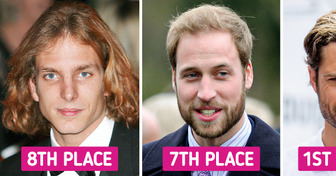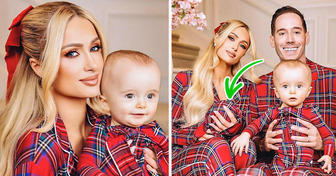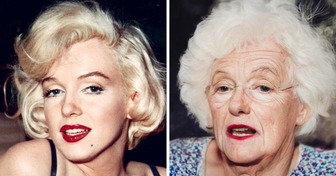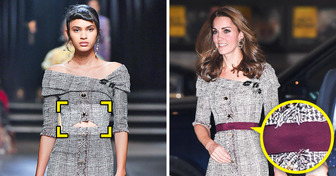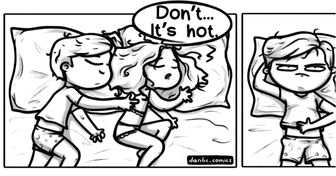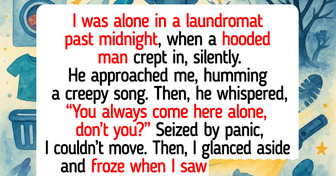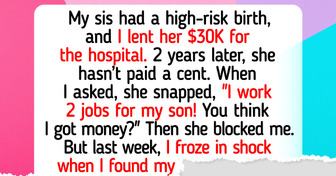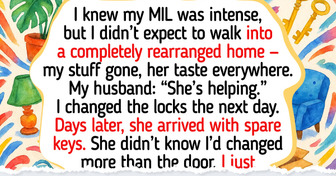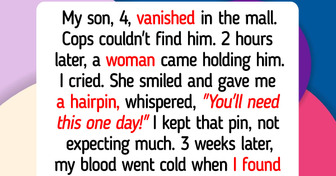Johnny Depp Finally Cuts His Long Hair and Shocks Fans With New Look

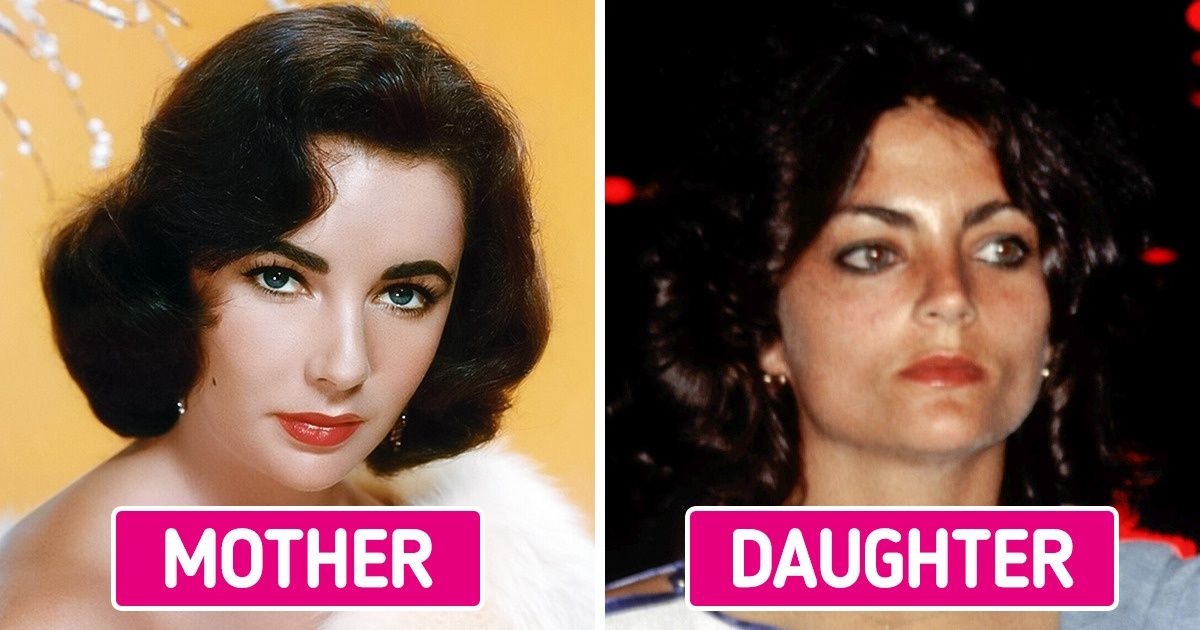
We at Bright Side wanted to figure out how our bodies decide on their looks and share our curious findings with you.
It is a commonly known fact that genetics determine our appearance. But before we look into how that happens, let’s consider a few other factors that can lead to your child looking different. The mother’s diet during pregnancy is definitely one of them. For example, if it is unhealthy, and the parent-to-be consumes too much junk food, this can cause the child to be obese in the future.
What is more, if you feel like your child doesn’t look like you, it’s necessary to consider whether any external factors influence your own appearance. For instance, if you spend a lot of time in the sun, it’s only logical that your skin will be darker, your hair — lighter, and you might get freckles.
From the moment it appears, an embryo has DNA material from both parents, which does not mean, however, that the baby is bound to look exactly like either of them. In this combination of genes, some alleles (gene variations) are dominant, so they show up, others are recessive: they are masked, but are still inherited by your offspring.
However, it gets even more interesting: many genes work together, which leads to their effects being strengthened, reduced, or even completely turned off. So, even if we carefully analyze parents’ genomes, we still won’t be able to accurately predict what the kid’s features are going to be like.
We all have a number of genes that determine the color, structure, and various other factors related to hair. The genes that determine the color of your hair (together with eye color, etc.) control the melanocytes — melanin-producing cells. So, the gene mix will determine your baby’s hair color and structure, which can turn out to be like one of the parents’ hair colors or somewhere in between.
Moreover, even if your kid’s hair doesn’t resemble yours at all, don’t worry: it can change over time because of hormones and other factors. Look at your childhood photos, maybe you’ll find similarities there.
Scientists believe that 80% of the DNA inherited from parents determines a person’s height. Genetic mutations and environmental factors (nutrition in childhood, diseases, etc.) comprise the other 20%. Still, you can roughly calculate your kid’s height in adulthood using this formula:
In the past, people believed that eye color was defined by a single gene, so if one of the parents has blue eyes and another one is brown-eyed, the baby will have brown eyes. However, the reality is more complicated, and multiple genes are responsible for this aspect of appearance. And even though it’s uncommon, 2 blue-eyed parents can have a baby with brown eyes and vice versa.
It’s also necessary to remember that you won’t be able to see your baby’s eye color right away: in most cases, it doesn’t show up until about a year after birth, and before that moment most babies’ eyes seem blue.
Finally, your child might actually look more like you than you think. For example, there is an old (but still popular) belief that little children tend to look more like their fathers, but research shows that infants actually resemble both of their parents equally in most cases. What’s more, your baby might have inherited more personal traits from you. After all, appearance is not the most important thing.
Who do you look most similar to in your family?

